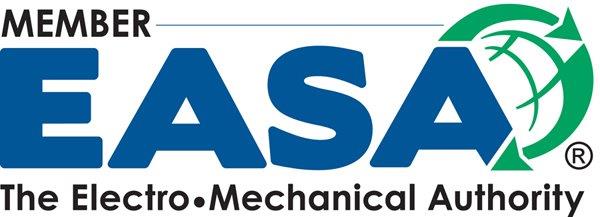When it comes to electric motor rewinding, ensuring the quality and reliability of the rewind is paramount. One of the most critical tests performed during rewind validation is the winding resistance test. This test not only verifies the integrity of the winding but also helps detect potential issues that could lead to premature motor failure. Understanding the importance, procedure, and interpretation of winding resistance tests is essential for motor repair professionals and engineers alike.
Why Perform Winding Resistance Tests?
The winding resistance test is a straightforward but powerful diagnostic tool. It measures the DC resistance of the motor windings, providing insights into the condition of the copper conductors, the quality of the rewind, and the uniformity of the coil turns. Key reasons for performing winding resistance tests during rewind validation include:
- Detecting Turn-to-Turn Faults: Variations in resistance can indicate shorted turns or faults within the coils.
- Verifying Coil Symmetry: Balanced resistance readings across phases confirm uniform winding and consistent coil geometry.
- Identifying Connection Issues: Loose or poor connections in leads and terminals can cause abnormal resistance values.
- Assessing Rewind Quality: Ensures that the rewind process has restored the motor to its proper electrical specifications.
Equipment and Setup
Performing a winding resistance test requires precise instrumentation and proper setup to obtain accurate and repeatable results. The typical equipment used includes:
- Micro-Ohmmeter: Designed to measure very low resistance values accurately (milliohms range).
- Four-Wire Kelvin Connection Leads: To eliminate the resistance of test leads from the measurement.
- Stable Test Environment: Temperature affects resistance readings, so testing should be conducted at a controlled or recorded temperature for comparison.
Step-by-Step Testing Procedure
Follow these steps to perform the winding resistance test correctly during rewind validation:
- Prepare the Motor: Ensure the motor is de-energized and properly isolated. Remove any connections that could affect the measurement.
- Connect Test Leads: Attach the four-wire Kelvin leads to the winding terminals. For three-phase motors, test each phase winding individually.
- Record Ambient Temperature: Measure and note the temperature near the motor windings, as resistance varies with temperature.
- Perform the Measurement: Use the micro-ohmmeter to take the resistance reading for each winding. Repeat measurements to verify consistency.
- Document Results: Record all resistance values along with temperature data for later analysis.
Interpreting the Results
Accurate interpretation of winding resistance readings is crucial to assess rewind quality. Consider the following guidelines:
- Compare with Manufacturer’s Data: Reference the motor’s original winding resistance values or rewind specifications to identify deviations.
- Check for Phase Balance: Resistance readings for each phase should be closely matched, typically within a few percent.
- Analyze Temperature Compensation: Adjust readings to a standard temperature (usually 20°C) using the temperature coefficient of copper (approximately 0.4% per °C).
- Identify Anomalies: Higher resistance may indicate loose connections, damaged conductors, or poor solder joints; lower resistance could suggest shorted turns.
Any significant deviation from expected values warrants further investigation or potential corrective action before the motor is returned to service.
Best Practices and Common Pitfalls
To ensure reliable winding resistance testing results, keep the following best practices in mind:
- Use Proper Test Equipment: Avoid using standard multimeters, as they lack the resolution and accuracy needed for low-resistance measurements.
- Maintain Good Contact: Clean and secure connections reduce contact resistance and improve measurement accuracy.
- Account for Temperature: Always measure and adjust for temperature to make valid comparisons.
- Repeat Measurements: Multiple readings help identify inconsistent results due to transient conditions or poor contact.
- Document Thoroughly: Comprehensive records facilitate trend analysis and future diagnostics.
By integrating winding resistance tests into your rewind validation process, you can significantly enhance motor reliability and customer satisfaction.
For expert motor rewind services and comprehensive testing, contact The Pump & Motor Works, Inc. today and ensure your motors operate at peak performance.



